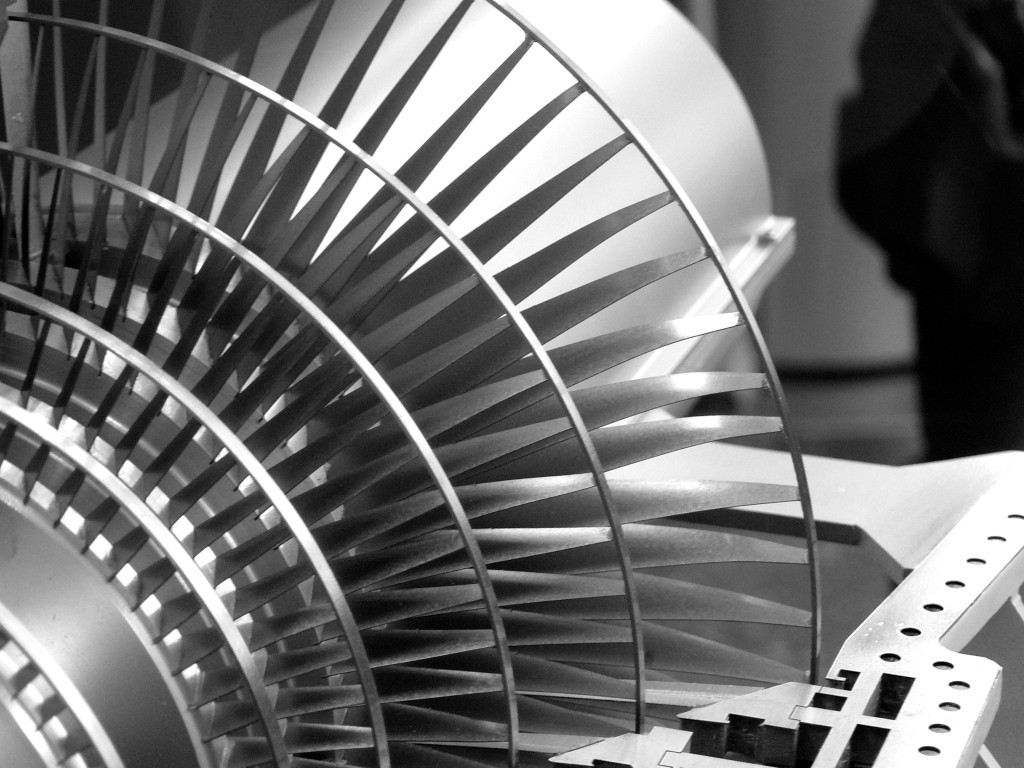New study provides insight on power plant design for superhot geothermal systems

A study by Daniel Dichter examines the advantage of designing a water-based geothermal binary power plant for more efficiently tapping into superhot resources.
A new study by Daniel Dichter of Quaise Energy provides some valuable insight on the design of a binary geothermal power plant to produce electricity from superhot geothermal systems. More specifically, the study proposes that a water-based binary cycle provides more design flexibility and delivers higher efficiency than a standard hydrocarbon-based binary cycle for production temperatures above 300 °C.
The full paper was presented at the 50th Stanford Geothermal Workshop and can be accessed in full via this link.
Many studies have already been published citing the significant benefits, in terms of power output and efficiency, of tapping into superhot geothermal resources, or those with temperatures at above 375 °C. Considering that most geothermal power plants currently operate at temperatures between 100 to 250 °C, little is yet known about how a geothermal power plant should be designed for much higher temperatures.
The study examines the design parameters and efficiency of binary geothermal power plants using different working fluids under a production temperatures of 300 to 350 °C. The standard working fluids are considered in the study (isobutane, butane, isopentane, pentane, cyclopentane), and compared with water. A double-pressure cycle was used for the simulations, as it strikes a balance between higher utilization and lower costs and complexity.
The maximum utilization or exergetic efficiency was used as the primary metric in comparing the different scenarios.
Comparison of utilization indicates that hydrocarbons generally are better options for binary power plants at temperatures below 240 °C. However, water outperforms butane and pentane at temperatures above 300 °C. As production shifts to become more vapor-dominated, the advantage shifts over to water with only cyclopentane providing comparable utilization numbers.
The study presents different power plant design scenarios comparing water and cyclopentane. The conclusion is that the higher critical temperature of water allows for more design flexibility, such as more cycle stages thus resulting in higher utilization. It also had other advantages, such as needing fewer wells, a smaller heat exchanger, and a smaller condenser.
Source: EurekAlert